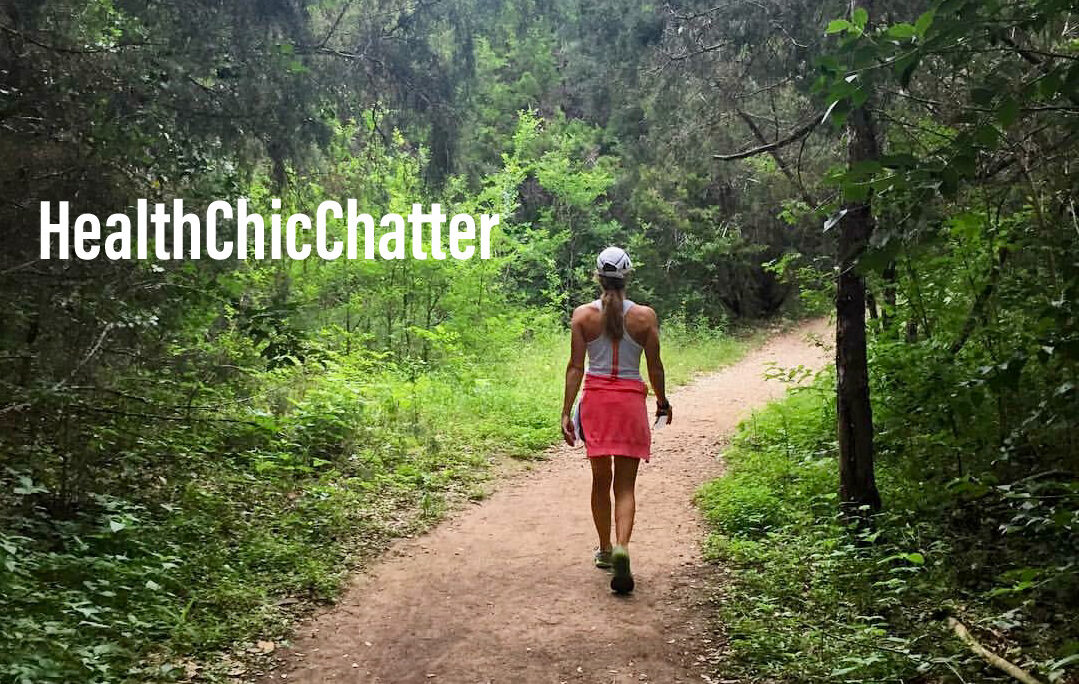We’ve all had those moments when a conversation suddenly shifts and becomes hard. Maybe someone’s words sting or a tone changes, and suddenly, you feel it in your body—your chest tightens, your heart races, and it feels like you can’t quite find your voice. Sometimes we lash out; other times we retreat into silence. After the encounter is over, we wish we had been able to stay steady and speak from a place of kindness and clarity instead of fear. It’s such a tender human experience, and it happens to us all.
The truth is: There’s always a small space—a pause—between what happens and how we choose to respond. In that pause lives our freedom.
A Pause is a Prescription
The simple act of pausing before you speak is more than just a polite gesture; it’s a powerful practice with tangible benefits for both your internal and external world.
The Health Benefit: Calming Your Nervous System
When we react instantly, we’re operating from our body’s “fight or flight” stress response. That tightness in your chest and racing heart? That’s a surge of cortisol and adrenaline. Constant reactivity keeps you in a state of low-grade stress, which is detrimental to long-term health. Taking even one gentle breath before you speak acts as a mini-circuit breaker. It gives your parasympathetic nervous system a chance to engage, slowing your heart rate and allowing you to soften. This little moment of presence trains your body to move from reactivity to response, which is a powerful tool for stress management.
The Relationship Benefit: Building Bridges, Not Walls
In every relationship—personal or business—the quality of our connection is determined by the quality of our communication. When we pause, we give ourselves the chance to notice what’s really happening inside and to choose words that build bridges instead of walls.
- In Personal Relationships: A pause allows you to hear the emotion behind your loved one’s words, rather than just the content. You can move from defending your position to seeking to understand, opening the door to greater honesty, compassion, and connection.
- In Business: When disagreements arise with a client, colleague, or team member, a reactive retort can escalate conflict and erode trust. A mindful pause allows you to formulate a response that is strategic, professional, and solution-focused, ultimately strengthening the relationship and improving outcomes.
That little moment of presence can open the door to greater understanding.
Moving Beyond “Sides” in Difficult Conversations
With practice, we can get better at this. Little by little, we can learn to bring more calm, courage, and compassion into all our conversations. Even the most difficult moments can become opportunities to grow closer and heal.
This powerful principle isn’t just for our homes and boardrooms—it is essential for our communities and our world. The biggest challenges we face, from family issues to city-wide problems, require us to move past entrenched positions. We must stop seeing people as being on an opposing “side” and start seeing them as partners in a shared purpose.
If we can bring this pause into our toughest political or community discussions, we can stop the cycle of partisan reactivity. We can commit to a simple truth: We should not be focused on winning; we should be focused on solving. When we pause, we can ask, “What is the collective good here?” instead of “How do I prove them wrong?”
The Call to Action: Pause for Progress
Every conversation is an opportunity. Every word becomes a chance to bring more love, clarity, and progress into the world—and that’s a gift we can give, again and again.
Let’s start today. The next time a conversation gets heated—whether it’s at the dinner table, in a work meeting, or even in a comment section online—I challenge you to simply:
Stop. Take one breath. Then speak.
Let the pause be your contribution to a more compassionate world. United we stand only when we choose to pause, listen, and build solutions together.
‘Till next time…WE got this!



